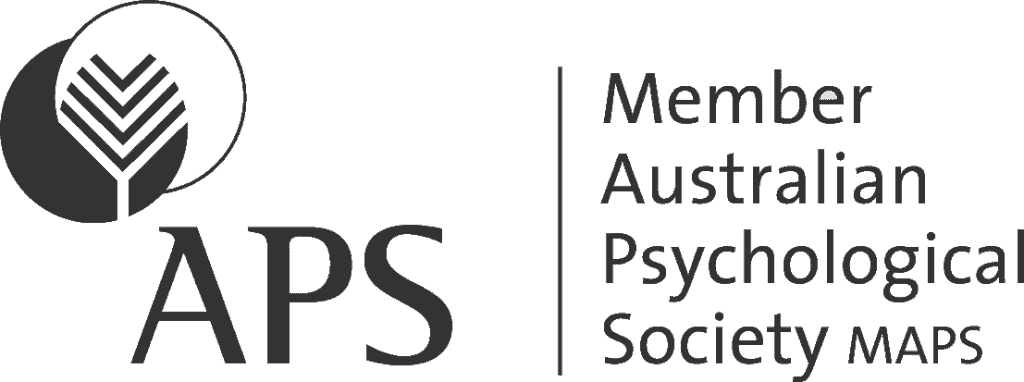Introduction
For many of us, alcohol consumption is a normal part of life. Yet while we may happily drink it, we may not really know what alcohol does to us.
For example, if asked the question ‘is alcohol a stimulant or depressant?’ many of us might say something like: ‘A bit of both. You know, you have a drink to relax and get into a good mood – makes you feel good – but if you overdo it, you start to feel a bit down or woozy.’ Answers like this identify some of the effects of alcohol but do not really consider what is meant by the terms stimulant and depressant.
Understanding what stimulants and depressants are, and what they do, can help us be more aware of how substances such as alcohol impact on our bodies and minds. This, in turn, can help us better manage our health and well-being.
This article considers what stimulants and depressants are and discusses the effect they have on people both physically and mentally. It then considers the question ‘is alcohol a stimulant or a depressant?’ reviewing what the professional literature says about how alcohol affects our minds and bodies.
The article is a synthesis of current professional and research literature. It is intended to provide information not advice. If you, or someone you know is seeking medical treatment or other relevant advice and support regarding use of alcohol or other substances, it is strongly recommended that you seek expert help from appropriate professionals.
Stimulants, depressants and the central nervous system
Many people associate stimulants with positive feelings and depressants with negative feelings. They assume that stimulants make you feel good while depressants make you feel down or depressed. This is not really an accurate assumption. While the generation of feelings or emotions may be a response to stimulants and depressants, these substances have a much broader impact. Stimulants and depressants affect the central nervous system (CNS).
The central nervous system comprises the brain and the spinal cord. It controls most functions of the body and mind. The CNS is linked to a network of nerves spread throughout the body. This network is known as the peripheral nervous system. These two systems, the central nervous system and the peripheral nervous system work together.
The peripheral nervous system gathers information through our senses and sends it to the central nervous system. The central nervous system processes the information and triggers a reaction.
For example, if we accidentally touch a hot surface, receptors in the skin (part of the peripheral nervous system), detect the increase in heat and send a message to the central nervous system. The central nervous system interprets the information and reacts by sending a message back to the peripheral nervous system which moves the fingers away from the hot surface.
The communication between the two systems ranges from reflexive responses such as pulling your hand away from a hot surface to conscious, voluntary responses such as walking and eating. As part of this process of managing physical and mental functions and responses, the central nervous system produces and uses chemicals called neurotransmitters. Neurotransmitters transmit the signals throughout the nervous system. Different neurotransmitters may have different functions or produce different reactions.
Through this messaging and response process, the CNS controls our physical functions, thoughts, emotions, feelings and behaviour. Stimulants and depressants can impact on all of these functions and responses.
It is the nature of this impact that determines whether a substance is considered to be a stimulant or a depressant.
What are Stimulants?
Stimulants range from mild substances such as caffeine to much stronger prescription amphetamines and illicit drugs such as cocaine. They are called stimulants because they are substances that speed up the functioning of the central nervous system. They do this by triggering the production of the neurotransmitter dopamine. Dopamine has many functions within the brain, including boosting mood and motivation.
For example, the brain may release it when we eat, or even just see, food that we crave. This can result in feelings of pleasure and satisfaction. Dopamine can also increase heart rate, blood pressure and body temperature. While some level of dopamine in the brain is important for our well-being, high levels may generate aggression, anxiety, poor impulse control and risk-taking behaviour.
While ingestion of a stimulant may initially generate feelings of well-being, large amounts and/or long term use, which can generate high levels of dopamine, can result in insomnia, anxiety, aggression and paranoia.
In addition, some stimulants may interact with dopamine in a way that their use becomes habit-forming. Thus, while they may be involved in generating some positive feelings, stimulants can have a much broader and often negative impact on the central nervous system (Health Direct, 2021; Rockville, 1999).
What are depressants?
Depressants do not necessarily make a person feel depressed. The term refers to the way a substance affects the central nervous system (Department of Health, Australia 2021). Depressants slow down or depress the function of the CNS. They do this by enhancing the effects of the neurotransmitter GABA (gammaaminobutyric acid). GABA slows down messages between the brain and the body, producing a calming effect. Responses produced by the production of this neurotransmitter can range from feeling calm and relaxed to extremes such as falling unconscious.
Depressants can also affect concentration, coordination and the individual’s capacity to respond to situations. Physically, they can decrease the heart rate and lower blood pressure. There are a range depressant substances that include cannabis, opiates tranquillisers and sedatives. While all depressant substances are able to reduce central nervous system activity, they differ in the extent to which they do so.
The milder effects of depressants makes them useful for managing conditions such as anxiety, acute stress and insomnia and they are prescribed for some medicinal purposes. However depressants can be addictive and life threatening if used inappropriately and/or without medical advice or other appropriate guidance (Health Channel Victoria, 2021; Alcohol and Drug Foundation, 2021).
Stimulant or depressant?
A substance is determined to be a stimulant or a depressant according to how it impacts the central nervous system. A substance is classified on the basis of dominant effects. To summarise:
- Stimulants are substances that increase central nervous system activity. This can include increased heart rate, rapid breathing accompanied by increased energy and positive feelings. For a substance to be classified as a stimulant, these effects must be the dominant ones produced by the substance.
- Depressants slow down central nervous system processes. For example, the heart rate and breathing are slowed and reflexes and response times are dulled. To be classified as a depressant, these effects must be the dominant ones produced by the substance.
The effects of alcohol
Alcohol, particularly in the early stages of consumption acts as a stimulant on the central nervous system. It triggers an increase in dopamine levels. This speeds up the heart and respiration rate, and can increase energy and confidence, lower inhibitions, and improve mood.
However, with continued drinking of alcohol these initial stimulant effects decline and sedative or depressant affects begin to emerge. This is because continued consumption of alcohol can suppress dopamine production while enhancing the effects of GABA. As noted above, GABA reduces or inhibits nerve activity in the brain. Reduced nerve activity can decrease mental acuity, and lower blood pressure, and heart rate. This can result in slurred speech, sluggishness, disorientation, and slower reaction times (Department of Health, Australia, 2021; Shoemaker, 2020). Many people who have ingested large amounts of alcohol in one session may even seem sleepy, disoriented, or sedated.
While these are the general effects of drinking alcohol, these can vary greatly from person to person. Effects are influenced by a number of factors, which include body chemistry, sex, weight, alcohol tolerance, and the amount of alcohol consumed. Consultation with a qualified mental health professional can help identify how alcohol affects each individual person (University of Western Australia, 2021).
Is alcohol a stimulant or a depressant?
The classification of a substance is based on the dominant effects it has on the central nervous system. Overall, while alcohol has some initial stimulant effects, the depressant effects are dominant. Therefore, scientifically, alcohol is a depressant – it slows down brain function.
Information in this article is not intended as a substitute for informed professional advice. If you or someone you know is concerned about use of alcohol, or other substances, you should consult with appropriate medical and other healthcare professionals.
References
Alcohol and Drug Foundation (2021), Stimulants, https://adf.org.au/drug-facts/stimulants/
Better Health Channel Victoria (2021), Benzodiazapines, Department of Health and Human Services, State Government Victoria; https://www.betterhealth.vic.gov.au/health/healthyliving/tranquillisers
Department of Health (2021), Classifying Drugs by their Effect on the Central Nervous System, Australian Government Department of Health https://www1.health.gov.au/internet/publications/publishing.nsf/Content/drugtreat-pubs-front6-wk-toc~drugtreat-pubs-front6-wk-secb~drugtreat-pubs-front6-wk-secb-3~drugtreat-pubs-front6-wk-secb-3-1
Health Direct (2021), Dopamine, https://www.healthdirect.gov.au/dopamine
Shoemaker, S (2020), Is alcohol a stimulant? Healthline, https://www.healthline.com/nutrition/is-alcohol-a-stimulant
Rockville, 1999: Substance Abuse and Mental Health Services Administration (US); 1999. (Treatment Improvement Protocol (TIP) Series, No.33.) Chapter 2—How Stimulants Affect the Brain and Behavior. Available from: https://www.ncbi.nlm.nih.gov/books/NBK64328/
University of Western Australia, (2021), Fact Sheet 1: Facts about Alcohol https://www.student.uwa.edu.au/__data/assets/pdf_file/0011/1906463/Facts-on-alcohol.pdf










